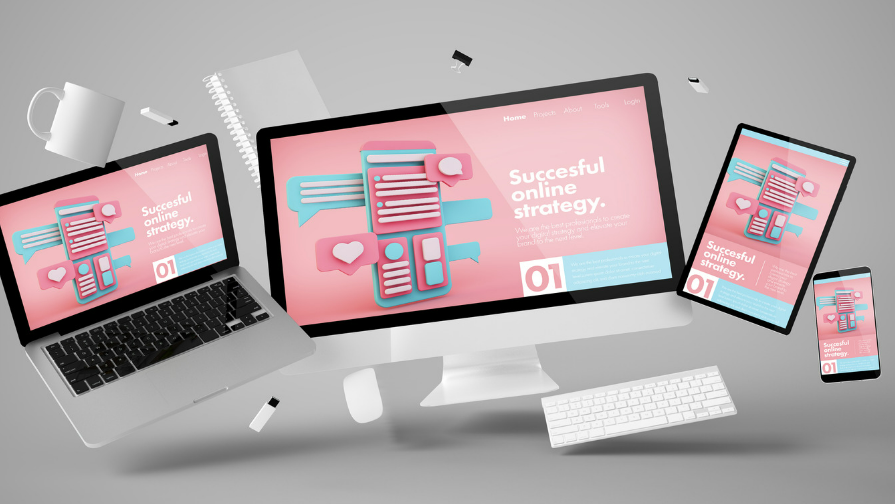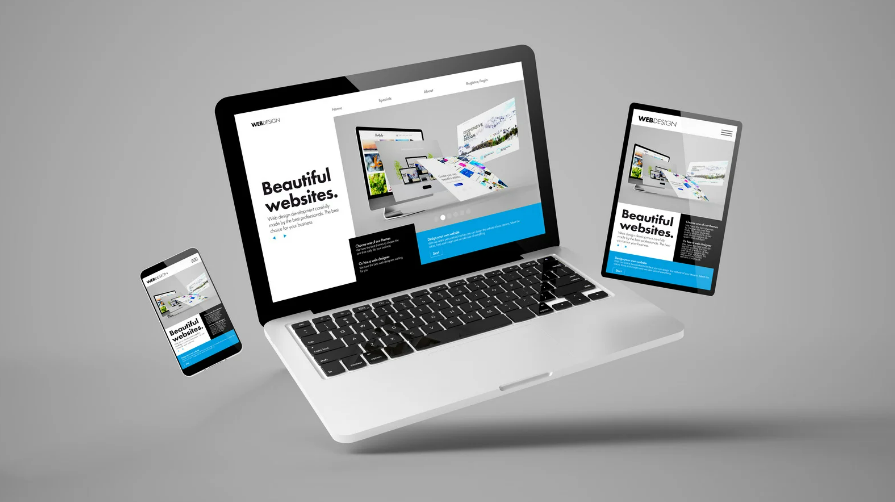As a seasoned UI UX designer, I know the importance of a standout portfolio. Crafting a compelling portfolio is not just about showcasing your work; it’s about telling a story through your design journey. In this article, I’ll share expert tips on how to create a UI UX design portfolio that captivates potential clients and employers.
Your portfolio is your digital handshake, your first impression in the design world. It’s crucial to curate a selection of projects that highlight your skills and expertise. Join me as I delve into the dos and don’ts of portfolio creation, from selecting the right projects to presenting them in a visually appealing and user-friendly manner.
Whether you’re a seasoned designer looking to refresh your portfolio or a newcomer entering the field, this article will provide you with valuable insights on how to elevate your UI UX design portfolio to the next level. Let’s dive in and unlock the secrets to creating a portfolio that truly stands out in a competitive industry.
UI UX Design Portfolio
Crafting a standout UI UX design portfolio is crucial in making a lasting impression in the competitive design industry. It serves as a visual narrative of my expertise, creativity, and problem-solving skills, allowing potential employers or clients to understand the depth of my capabilities at a glance.
A well-curated portfolio not only showcases my best work but also demonstrates my design process, critical thinking abilities, and attention to detail. It acts as a powerful tool to communicate my unique design style and approach, setting me apart from other designers in the field.
By presenting a diverse range of projects that highlight different aspects of my skills and experience, I can effectively demonstrate my versatility and adaptability as a designer. This not only captivates the viewer but also instills confidence in their decision to work with me.

Crafting a Compelling Story
Crafting a compelling story within your UI UX design portfolio is essential to engage potential employers or clients. Research shows that storytelling can make information more memorable and impactful, helping you stand out in a competitive field.
When creating your portfolio, I always recommend starting with a strong narrative that highlights your skills, experience, and unique approach to design. Share insights into your design process, challenges you’ve overcome, and the results achieved in each project. Remember, authenticity is key to creating a lasting impression.
I encourage you to use a mix of visual elements, such as images, graphics, and videos, to complement your written content. Visual storytelling can enhance the user experience of your portfolio and showcase your creativity in a dynamic way.
Curating Your Best Projects
When it comes to curating your UI UX design portfolio, select projects that showcase your abilities and diverse skills effectively. This is your chance to shine and impress potential employers or clients with your talents. Prioritize projects that demonstrate your problem-solving skills, creativity, and innovative thinking.
Focus on quality over quantity. Including a few stellar projects is more impactful than a long list of mediocre ones. Each project should tell a unique story and highlight your design process, showing how you approached and solved challenges effectively. Remember, you want to leave a memorable impression on those viewing your portfolio.
Ensure variety in your portfolio to showcase your versatility. Include different types of projects that display your range of skills and expertise. Whether it’s a web design, mobile app interface, or a prototyping project, each piece should reflect your ability to adapt to varying design needs and contexts.

Elevating Your Portfolio to the Next Level
When looking to elevate your UI UX design portfolio, consider incorporating emerging design trends to showcase your knowledge and adaptability. I suggest experimenting with microinteractions, neumorphism, or 3D elements to make your projects stand out.
Another way to take your portfolio to the next level is by crafting compelling case studies. Dive deep into your design process, highlighting challenges faced and innovative solutions implemented. This not only demonstrates your problem-solving skills but also gives insight into your creative approach.
In addition, collaborating with other professionals can bring fresh perspectives to your projects. Partnering with developers, marketers, or copywriters can add value to your portfolio and show your ability to work in diverse teams.
